 Solved: All Of The Following Are True About Why It Is Not ... | Chegg.com
Solved: All Of The Following Are True About Why It Is Not ... | Chegg.comAre fortified and enriched foods healthy? More than Americans do not eat fruits or vegetables at least twice a day, and most are not with it. Worldwide, because they are not getting enough essential vitamins and minerals every day. Many Americans do not meet the requirements of vitamins and minerals, especially children. In the 1930s and 1940s, fortified and enriched foods were introduced. They intended to help increase the intake of vitamins and minerals with foods that adults and children were already eating, such as grains and milk. Fortified foods are those that have nutrients added to them that do not naturally occur in foods. These foods aim to improve nutrition and add health benefits. For example, milk is usually fortified with vitamin D, and calcium can be added to fruit juices. An enriched food means that the nutrients that were lost during processing are added again. Many refined grains are enriched. Wheat flour, for example, may have folic acid, riboflavin and iron added after processing. This is intended to restore their original vitamin levels. Historically, fortifying foods have been very successful in the United States. Common diseases that are caused by nutritious deficiencies, such as crickets and pellagra, have been. Although fortification has in the United States, no studies have been conducted on nutrients other than folic acid that show that fortified foods are improving our health. There are also concerns that fortified and enriched foods may be causing people to get harmful amounts of certain vitamins and minerals. Fortified and enriched foods can be part of a healthy, nutrient-rich diet. But whether or not they are beneficial depends on age and some other factors. Children are particularly vulnerable to nutrient deficiencies. Without added vitamins and minerals, many children and adolescents are not found. Fortified and enriched foods are important sources of nutrients for children, especially for iron, zinc and B vitamins. Unfortunately, many fortified or enriched foods are processed and packaged to a large extent. They often come with high sodium content, fat and sugar. Fortification does not make them inherently healthy or good to you. Many younger children also face the risk of overdose in some added vitamins, according to a report by the Working Group. The report showed that many currently available fortified foods contain levels of vitamins that are not appropriate for children. Many children can also exceed the recommended values daily by eating a variety of fortified foods all day, or by eating more than one portion. Nearly half of children aged 2 to 8 receive too much zinc, and 13 percent consume too much vitamin A. These overdose are potentially dangerous. Fortified and enriched foods, especially non-formal foods for children, may not be safe for all children. The EWG recommends that children eat products with no more than of the adult recommended daily value for vitamin A, niacin, and zinc. You can find this value on the nutritional label. Although it is important to keep an eye on these nutrients, from including fortified or enriched foods in a balanced diet. While adults too, most people get enough of most nutrients, according to . However, many adults are not getting enough: and pregnant women are especially vulnerable to vitamin deficiencies. People with special diets also need to be aware of possible vitamin deficiencies. Vegans, for example, fortified foods with vitamin B-12. However, adults may consume certain vitamins with enriched or fortified foods, especially if they are also taking supplements. Pregnant women and older adults can get too much vitamin A. It can cause , and high levels of vitamin A have been related to . While many women still have low folate consumption, folic acid fortified foods can cause people to get too much, according to . They also worry about obsolete daily value guidelines. The recommendations of the U.S. Food and Drug Administration (FDA) have not been updated since they were. Current guidelines conflict with the levels that the consideration is secure. This means that many fortified or enriched foods may be within the FDA guidelines, but in fact they may have more than necessary or safe. In some cases, fortified or enriched foods. They can fill gaps and increase particular consumption of vitamins and minerals that would otherwise be less than the recommended value. But it's also easy to get too much. These foods can contribute to nutrient overdose. Note how much of each nutrient is eating. Don't forget to include foods that don't come with a nutritional label, like dark leaf greens. Keep an eye on portion sizes to make sure that it is not overdose in added vitamins or minerals. No matter what, poor nutrition cannot be covered by adding additional vitamins. desserts made with enriched flours and fortified breakfast cereals covered in sugar are not healthy choices. The typical diet is already full of processed foods with poor nutrients, added sugars and refined grains. Avoid foods that contain added sugars, have trans fats, or are high in sodium. While fortified and enriched foods can certainly add to a healthy diet, they are not enough for themselves. You still need to eat a well rounded and varied diet that is loaded with vegetables and other whole foods. You cannot rely on fortification or enrichment to get all the nutrients you need. Q: Is it worth spending more money to buy fortified food at the store? A:I can recommend fortified whole grains to a pregnant woman or a child if your diet is inadequate in folate and the potential for deficiency is too risky. I rarely tell people to find fortified or enriched foods unless they are at risk of a deficiency or already have one. My approach is to recommend in its entirety, plant foods as possible to obtain nutrients in its original, natural form and then fill any void with specific recommendations. The processed foods are the most enriched, which can encourage people to eat more processed foods, not less. Last medical review on October 24, 2016Read this following
Is he running with a cough? When you have an established exercise regime, like, you don't normally want to interrupt your routine. But what if you don't feel well and have developed a cough? Well, sometimes it's okay to run with a cough, and sometimes it's in your best interest not to. A general guide to exercise and disease suggested by them includes the decision criteria "up the neck/low the neck": Even if your signs and symptoms are above the neck, consider reducing the length and intensity of your training. A slow hug or walking could be more appropriate than pushing to fulfill a time or distance milestone that is based on when you felt good. When you are making your determination to "up the neck/below the neck", pay a lot of attention to your cough. Dry cough A does not produce mucus or flem. They are usually caused by respiratory irritants. A dry cough is also called non-productive cough. If you have a dry cough occasionally, it is likely that you are well to go running. Productive cough A productive cough is one that has you coughing moco or flem. If you have a productive cough that interferes with your breathing, especially when your heart rate has risen, consider posing your career until you have improved. If a cough lasts three weeks or less, it is called acute cough. A cough that lasts more than eight weeks is known as a .The common causes of acute cough include: Common causes of chronic cough include: You might worry that taking a few days off of exercise will result in a loss of performance. Serious corridors may be concerned about reducing your VO2 max: measuring the maximum amount of oxygen you can transport and use during intense exercise. According to a 1993 , for well-trained athletes, only the minimum reduction occurs in VO2 max during the first 10 days of inactivity. Each person and every operating situation is unique. For that reason, the decision should be individualized on whether or not to run with a cough. If you decide — after analyzing symptoms such as the type of cough you have — it's okay to run, consider reducing your distance and intensity. Regular exercise is part of a health regime to build and support a healthy body. Let your body guide you. Symptoms and signs of disease may be the way your body tells you something is wrong. If you have generalized muscle pains, feel fatigued, or have fever, consider taking a few days off exercise. If symptoms persist, consult your doctor. Last medical review on February 25, 2019Read this following

Sci 220 Believe Possibilities / snaptutorial.com
Solved: Which Of The Following Statements Is TRUE About Po... | Chegg.com
Solved: QUESTION 1 Many Low-income Households Use Suppleme... | Chegg.com
For a dietary supplement to claim high potency it must contain percent of the | Course Hero
SCI 220 Inspiring Innovation / tutorialrank.com
Sci 220 Believe Possibilities / snaptutorial.com
Final Exam December 2017, questions - StuDocu
Microbiology Chapter 26 Flashcards | Quizlet
Solved: T For True Or F For False After Reading Each Of Th... | Chegg.com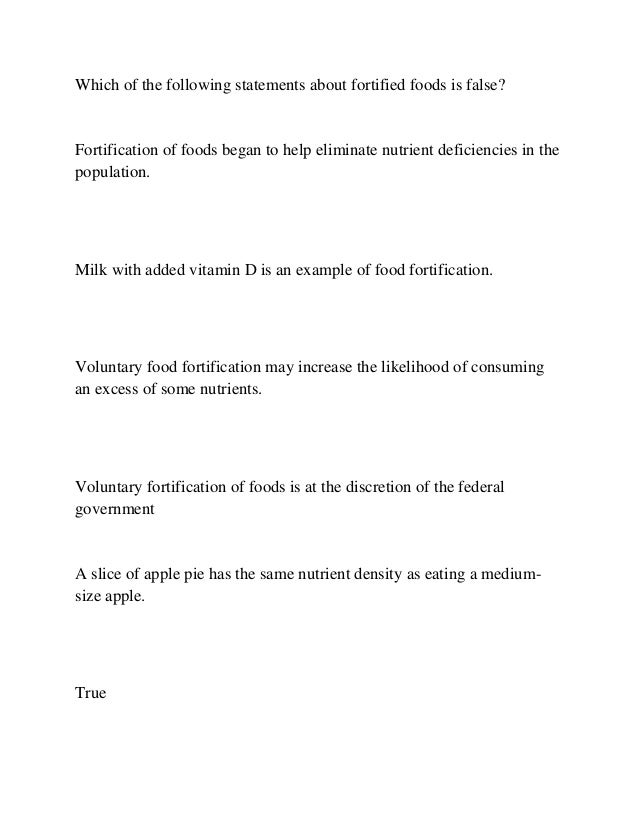
Sci 220 Effective Communication - tutorialrank.com
SCI/220 HUMAN NUTRITION Participation: Diagnostic Discussion WileyPLUS Weekly Exam SCI 220 Entire Co by leey92019 - issuu
Exam 2 : Human Nutrition and Food - 50 Solved Questions | FDNS 2100 - Docsity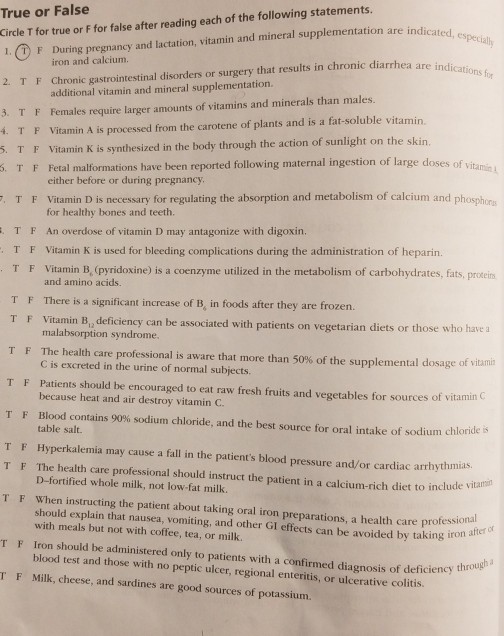
Solved: T For True Or F For False After Reading Each Of Th... | Chegg.com
Solved: QUESTION 1 Many Low-income Households Use Suppleme... | Chegg.com
Understanding Food Labels – Nutrition: Science and Everyday Application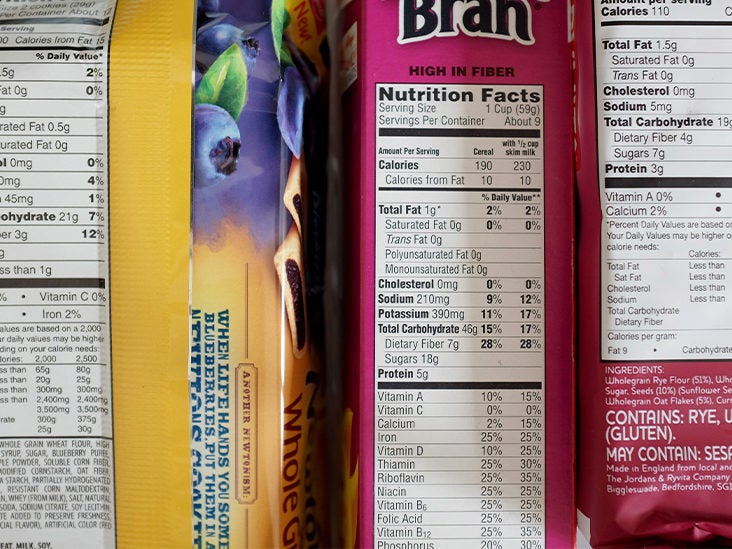
How to Read Food Labels Without Being Tricked
Solved: Which Of The Following Statements Is TRUE About Po... | Chegg.com
SALE OF FOOD ACT (CHAPTER 283, SECTION 56(1)) FOOD REGULATIONS
Microbiology Chapter 26 Flashcards | Quizlet
Food fortification in India: Supply and demand alignment the main hurdle
Nutritional noodles': Japan's Base Food makes Stateside statement of intent with first launch
m1q2.docx - 1877-807-4646 verizon Edd 3554106 Many times nutrients are added to food products through processing resulting in either a fortified or | Course Hero
Processed foods ban: India bars sales and marketing of 'unhealthy' foods in and around schools
Calcium fortified kimchi? Food firms can tap mineral fortification to boost intakes in South Korean elderly
Fortified food scheme to be expanded by government of Haryana
Trend tracker: A look into baby nutrition boom, men's health, vitamin K2 fortification
History of modern nutrition science—implications for current research, dietary guidelines, and food policy | The BMJ
India food fortification: No more processed foods to be added to voluntary fortification list for now – FSSAI
False propaganda' is 'bad for food businesses': India's FSSAI decries 'irresponsible reporting'
Fortified Foods: Benefits and Risks
Fortified food scheme to be expanded by government of Haryana
Golden rice - Wikipedia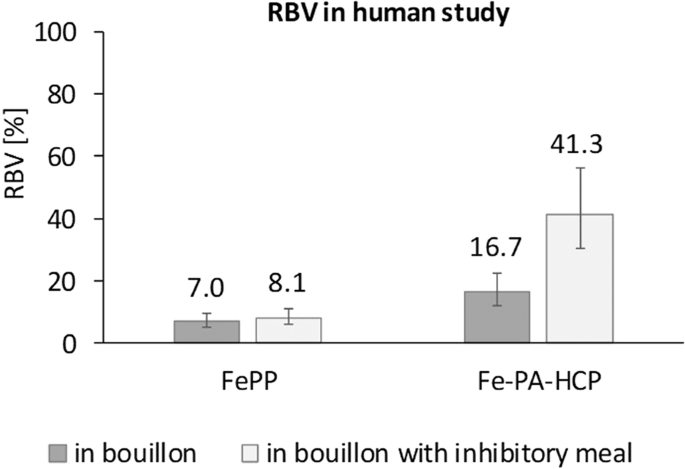
Iron bioavailability from bouillon fortified with a novel ferric phytate compound: a stable iron isotope study in healthy women (part II) | Scientific Reports
Calcium fortified foods or supplements for older people? - Maturitas
Food fortification in India: Regulator FSSAI publishes updated dosage levels as it strives for national adoption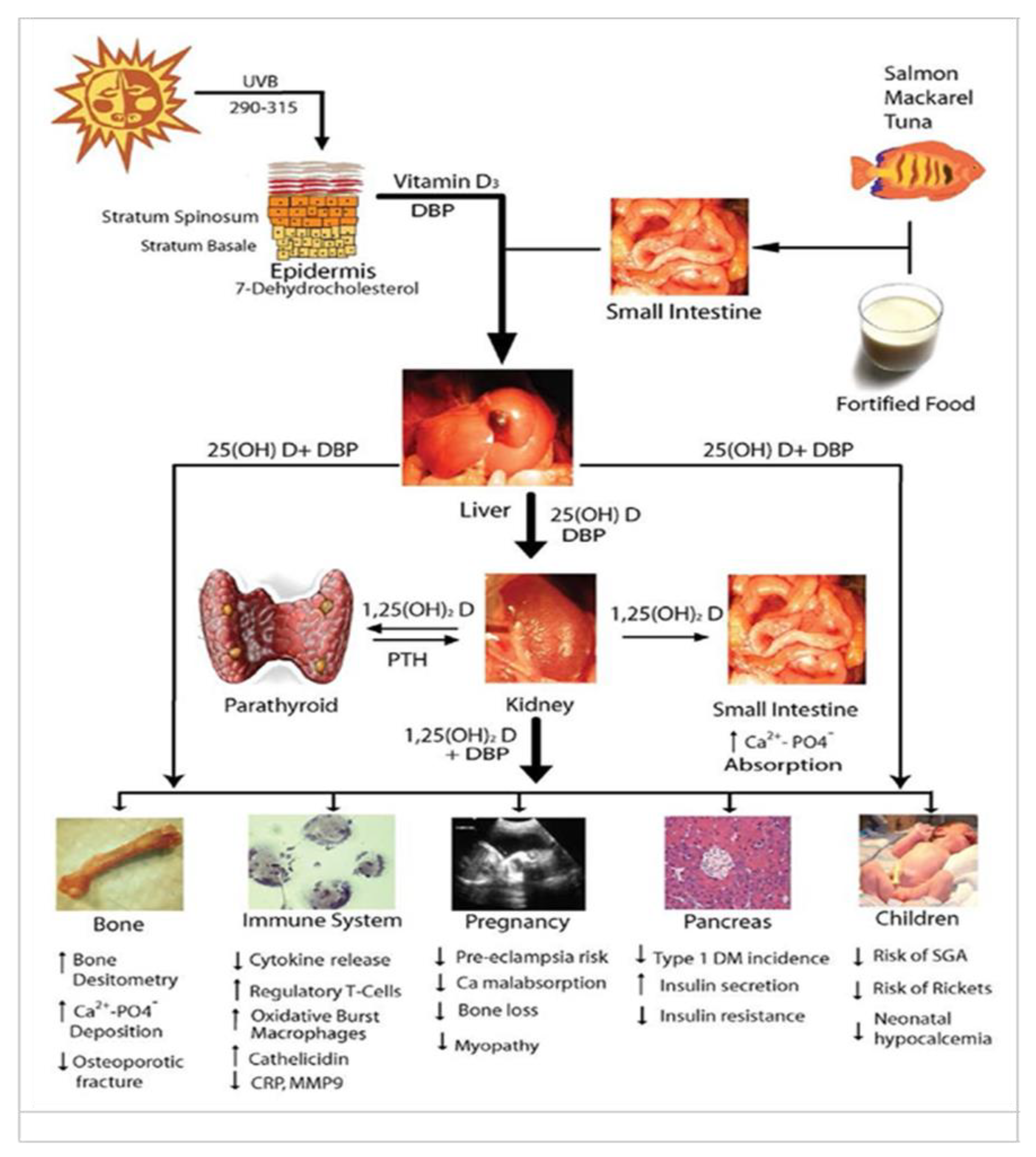
Nutrients | Free Full-Text | Role of Vitamin D in Athletes and Their Performance: Current Concepts and New Trends | HTML
Regulation of Fortified Foods to Address Micronutrient Malnutrition: Legislation, Regulations and Enforcement
Making plant-based everyday: Localisation, taste and NPD crucial for success in India
Food fortification in India: Regulator FSSAI publishes updated dosage levels as it strives for national adoption
 Solved: All Of The Following Are True About Why It Is Not ... | Chegg.com
Solved: All Of The Following Are True About Why It Is Not ... | Chegg.com



































Posting Komentar untuk "which of the following statements about fortified foods is false?"